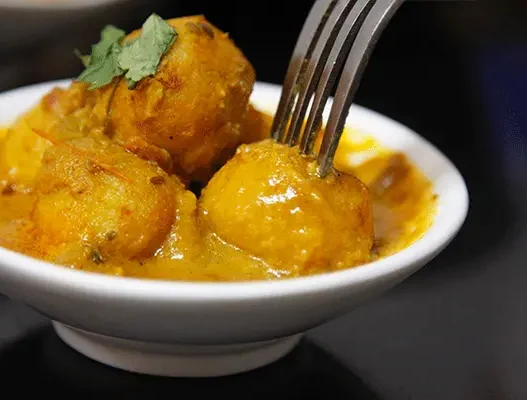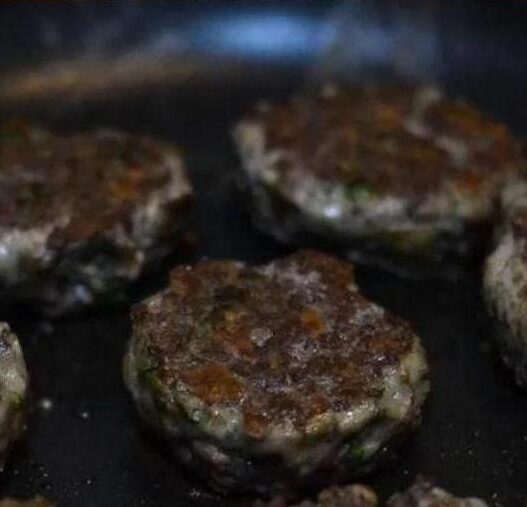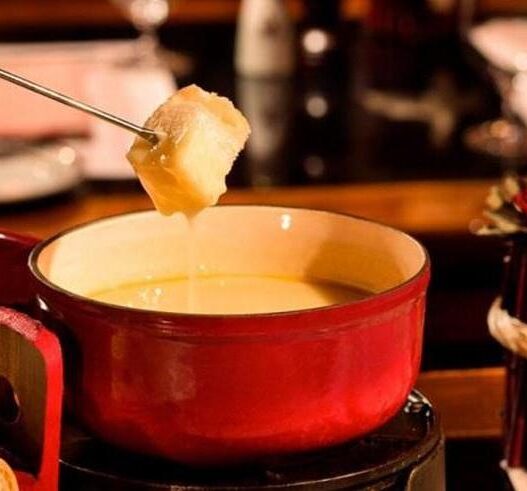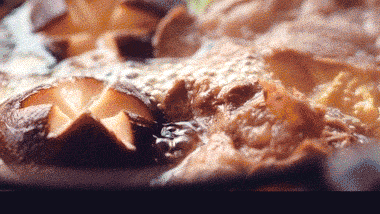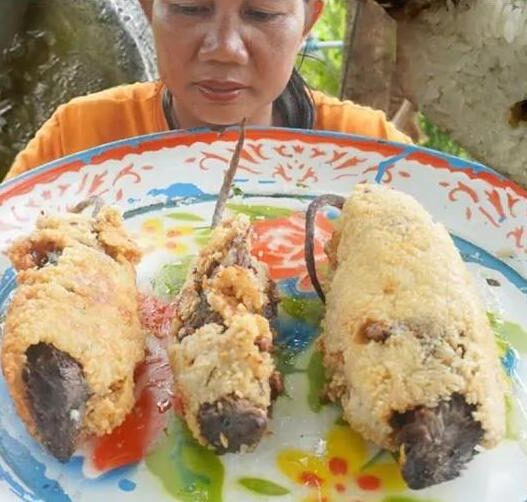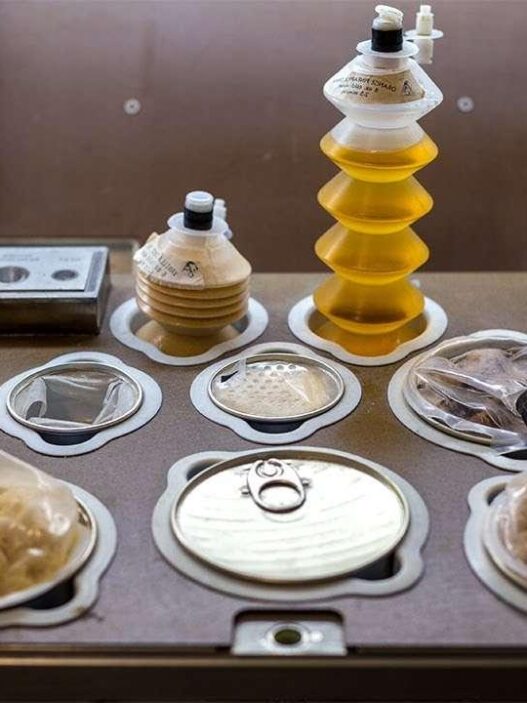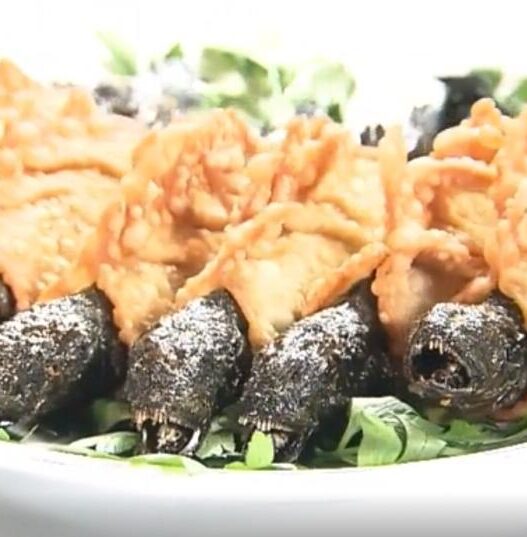In the vast cosmos of bizarre drinks around the globe, Korea’s Shit Wine (Ttongsul) is a burning black hole, brutally tearing apart people’s innocence.
Like some drinks can take you flying, this one takes you flying a bit too high. After losing gravity, you’ll wonder how long your health bar can withstand the abyss of taste.
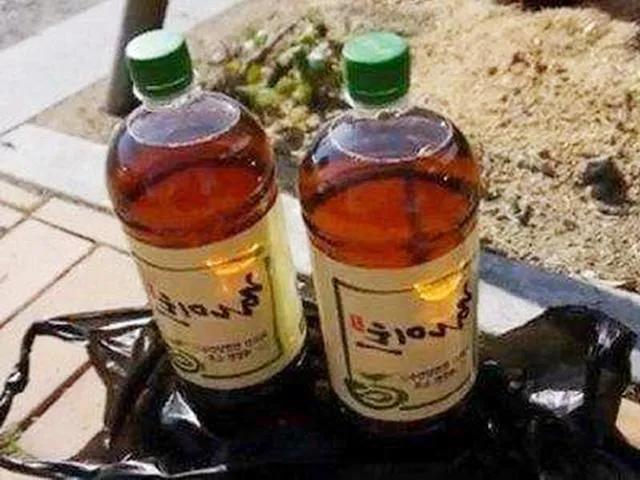
The brown liquid rests in the bottle like a precious dew arduously produced by the Predator in its final life stage. Unscrewing the cap, a gust of foul wind hits your face, making you think of Ximen, Xiaolian, and Wang Ma.
You might have tried strong liquor, animal medicine wine, or even fermented yogurt wine, but this top-tier shit is the ultimate test for both your taste buds and your exploration of the limits of human civilization. It challenges your taste and constantly probes your mental boundaries.
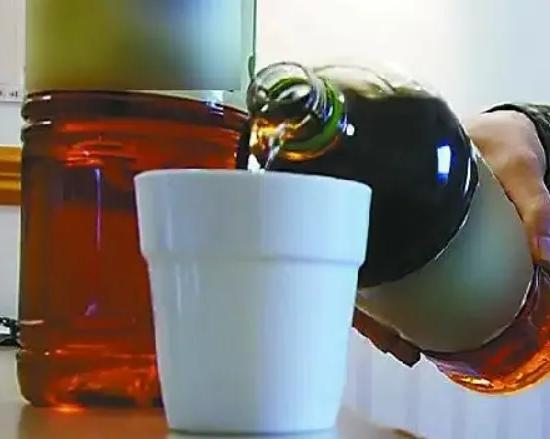
So notorious, it naturally attracts the curiosity of thrill-seekers.
It’s an experience one will remember for a lifetime, a dual shock to both body and soul.
Most English-speaking tourists, on their first taste, without any transition, shout out in their native language: “Oh shit!”
This is the standard procedure: take a sip, then widen your eyes as if struck by electricity, quickly cover your mouth, and rush to the window to vomit. But what really breaks people down isn’t the taste, but the lingering aftertaste that won’t go away.
That scent lingers in your mouth all night until the dung beetles, who have traveled from afar, kneel before your bed in the morning, hailing you as their new king, “My honor, my king!”

Once, a Japanese reporter named Chiyoko, upon hearing the legend of Korean Shit Wine, specifically came to Korea to experience it. When she picked up the cup, just touching it to her lips was like being burned by sulfuric acid; her expression instantly changed from anticipation to despair: “What am I supposed to drink? Is this the legendary shit wine?”
She dared not drink too much, taking just a small sip, her whole body trembling, tears almost spilling from her eyes: “This is, this is really shit! I can’t drink any more, Germi!”

Though Chiyoko only drank a sip, her complaints didn’t stop.
She coughed while turning to the camera: “This taste is like some ancient, strange creature dredged up from the deep sea, long dead.”

Though her critique leaned towards the literary, there’s no doubt her experience was the same as those Western tourists, a curse from the toilet that couldn’t be shaken off.
Koreans’ attitudes towards Shit Wine are generally divided into two: one is an instinctive avoidance, the other is a reverence for tradition and faith.
“Drinking shit wine is good for your health,” the older generation of Koreans always says. Despite modern medicine offering alternatives to these supposed miraculous effects, those who cling to tradition still believe that shit wine can strengthen bones, remove blood stasis, and enhance combat power.
“You must overcome the psychological barrier to truly understand its deep meaning.”
“Initially, it’s painful to drink, but the aftertaste is as deep as the Han River.”
Shit wine, seemingly just a mixture of glutinous rice and children’s feces, actually contains a secret cultural code.
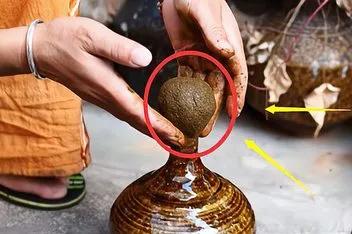
The legend of Shit Wine dates back to the Joseon Dynasty, where it was considered a magical medicinal wine, rumored to cure tumors, strengthen muscles, and even ward off evil spirits.
The process of making shit wine is so complex that you might suspect there’s a septic tank enthusiast secretly supporting it from behind.
First, the main ingredient must be the feces of children aged 4 to 7. It’s said that the feces of this age group aren’t as foul-smelling and are usually purer than adults’.
To ensure no parasites, the craftsmen making shit wine would also have these children take deworming medication in advance.
Emphasizing again, the initial appeal of shit wine is based on the theory that “it doesn’t smell,” not the current collapse of human civilization.
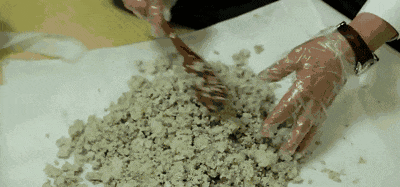
The feces then undergo a fermentation process: they are mixed with water for 24 hours of fermentation, then glutinous rice and non-glutinous rice are added, along with yeast.
All of this must be sealed and fermented under a blanket, with the temperature controlled between 30 to 37 degrees Celsius. One might say it’s simulating the birth of a small septic tank.

However, the most shocking part is that the sign of successful fermentation isn’t just the brewing of a bottle of liquid, but the moment the cap is opened, the air is filled with such a potent scent that it can instantly disorient any fly.
The aroma of these bacteria might become a nightmare for the surrounding residents for some time to come.
Though most Koreans would show embarrassment or even frown and avoid it at the mention of shit wine, it still plays a unique role in certain niche circles.
Shit wine isn’t just a medicinal wine; it’s more like a ritual, a challenge for the brave. Some believe it can purify the soul, thinking that the strength drawn from such wine can heal everything, even modern urban ailments like anxiety, insomnia, and unspoken male issues. After all, having a satisfying ending in the bathroom is now a luxury for the hardworking.
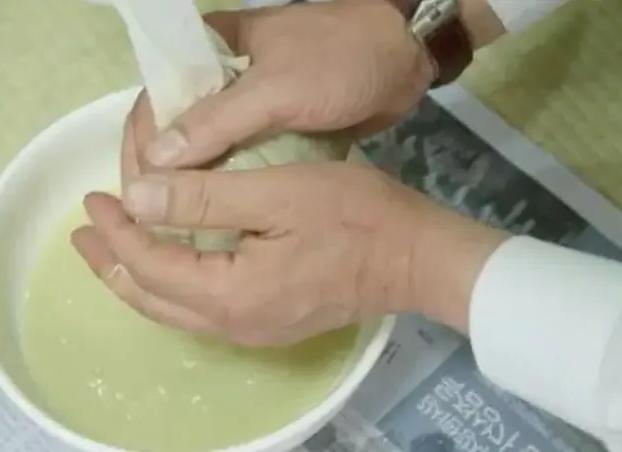
Drinking shit wine challenges the limits of the body, the boundaries of the spirit, and the castle of the soul.
As a shit wine enthusiast once said: “Shit wine is like fine wine, to be sipped, not guzzled. The initial taste might be painful, but the aftertaste leaves you feeling the loss of evil spirits.”
Its after-effects are also quite strong. Some say the taste is sweet like rice wine, but once you drink it, you immediately feel the terror of being chased by horrifying memories. If you’ve ever had a taste you’d rather forget, that flavor will linger in every corner of your mouth, like seeing a night demon in the dead of night, inescapable.
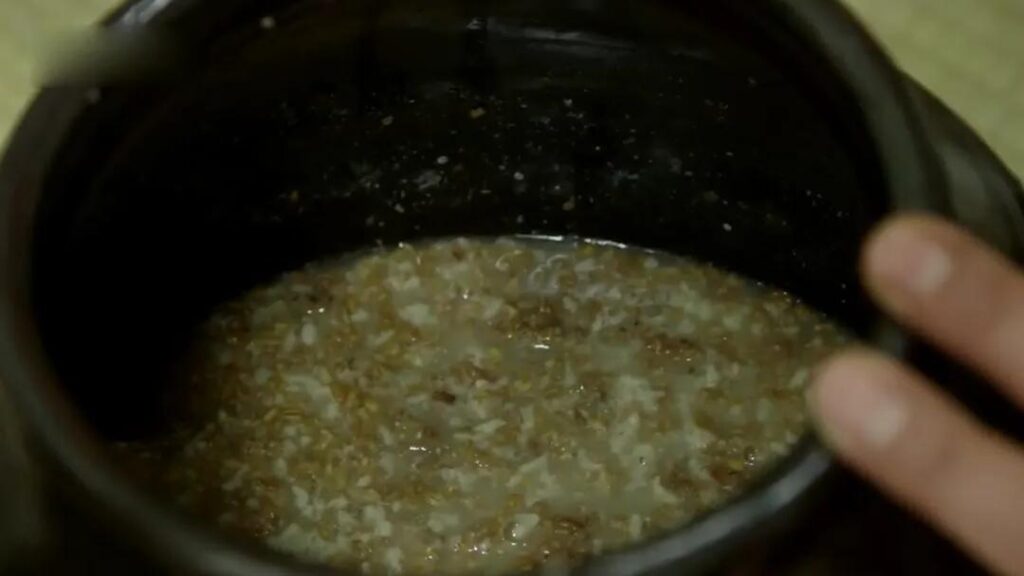
In certain settings, like gatherings of brave souls or curiosity contests, shit wine is often served to test one’s courage.
It’s said that in a “Shit Fighter’s Brave Contest,” participants must drink a cup on an empty stomach, with half unable to finish, and the other half complaining: “I’d rather not avoid military service anymore.”
What’s more, some Japanese documentary teams even found inspiration in shit wine. They documented the entire brewing process and even wanted to take samples back, causing Koreans to be very cautious, fearing that the technique for making shit wine would be preempted by other countries as intangible cultural heritage.

The existence of shit wine is not an isolated case. Korean fecal culture has always had a bizarre utilitarian streak from ancient times to the present.
In modern times, Korea has developed fecal-shaped chocolates as popular souvenirs.
During the Joseon Dynasty, the king’s health was monitored through eunuchs examining feces; even today, Suwon City in Gyeonggi Province has a toilet museum, where you can see various fecal-themed sculptures, with the most eye-catching being Korean artist Yong-Duk Won’s depiction of Buddha, Jesus, and Eve squatting in the toilet together, symbolizing cultural integration.
In recent years, shit wine has gradually faded from mainstream Korean bars, becoming more like a forgotten bizarre legend.
Despite this, it still frequently appears in documentaries and curiosity shows, becoming a midnight ghost in cultural circles. It’s treated as a relic of history, a symbol of customs.
Someone once said, life is like wine, and shit wine might be the most intense life of all. Like the reporter who cried after drinking it: “Before drinking shit wine, you only knew life had many challenges, but after drinking, you’ll realize the real challenges have just begun, and life, it’s over.”












